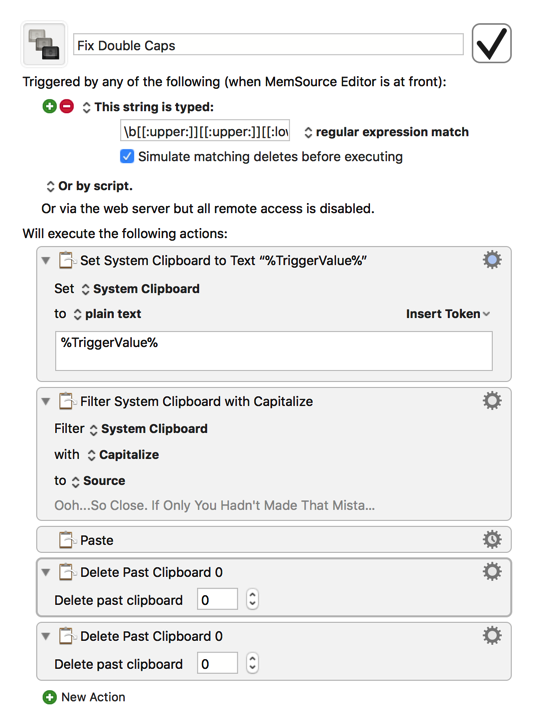

Override Value = Expr1.Value() - Expr2.Value() Override Value = Expr1.Value() + Expr2.Value() Override Value = double.Parse(GetText(Number)) standard library syntax modules using PrettyPrint Here is an example of the calculator grammar extended with the AST methods: However Nitra has a build-in solution for such tasks – methods declared directly on AST. You could get AST and analyze it in the C# application code. This can be accomplished in different ways. Let’s make our parser calculate the values of the parsed expressions. You can load the resulting parser to or use it from your application. The above-cited grammar lets you parse the expression. If the operator were right-associative, the expression would be treated as: For example, for the left-associative «/» operator, the following expression: Should you need a right-associative operator, add the right-associative construct to the precedence declaration:Īssociativity determines the way a number of sequentially located operators will be treated. In the future we’ll replace constants with declaratively specified precedence levels which can also be dynamically extended. The higher its value – the higher the precedence. Where the operator’s precedence is specified by the «precedence » construct. For example, the + operator requires you to describe the following extension rule:

some literal or another rule describing the operator) is located between two recursive calls to a current extensible rule. To describe a binary (or a higher arity) infix operator, you have to describe a rule in which the operator (i.e. All the operators that are going to be used jointly should be described as extensions (see ExtensionRule) of a single extensible rule (see ExtensibleRule). Nitra comes with a special support for describing operators. Besides, Nitra lets you express binary operators through the left recursion, which is more natural for the human brain to perceive. Nitra allows you to express operator precedence and associativity directly (as compared to emulating them using a recursive rule set). The Digit rule parses the digits: 0, 1, 2, 3, 4, 5, 6, 7, 8 and 9, whereas the Number rule parses a digit with an optional value after the point, e.g. They are fast and light on memory, as they are converted to DFA and do not produce AST. Regex rules are handy for token content parsing. These rules are stored in the Number ExtensionRule.


To learn more about regex rules, see RegexRule. Number parsing is described with the following rules: For example, the value of the expression 2 + 3 * 4 is 14, as the * operator has higher precedence than +. The operators have precedence and associativities. The arithmetic expression consists of the binary operators +, -, *, /, ^, the unary operator -, and parentheses. Since it is marked with the StartRule attribute, a special function that simplifies the beginning of the parsing from this rule is generated for it.ĭeclares the Expr extensible rule (see ExtensibleRule) which describes an arithmetic expression. Opens up the Whitespaces syntax module from the standard library, allowing you to call the members of Whitespaces syntax module declared in it by non-qualified names. Here is what the Nitra string calculator grammar looks like: In addition to that rule you need to define the starting rule (with which the parsing starts) and the number parsing rules. Nitra makes it possible to describe the operator parsing with a single rule. The string calculator parses expressions that consist of the arithmetic operators (+, -, *, /, (), ^) and numbers. Let’s start with declaring an empty syntax module named Calc. If you use VS, you can take advantage of the syntax module template or the Nitra project template that can be found in the Nemerle folder of the project creation dialog. In Nitra, creating a new language or an extension to an existing one starts with declaring a new syntax module (see SyntaxModule). The complete parser is composed of one or more syntax modules. The syntax module is a translation and encapsulation unit. The development of the Nitra parser begins with creating a syntax module.


 0 kommentar(er)
0 kommentar(er)
